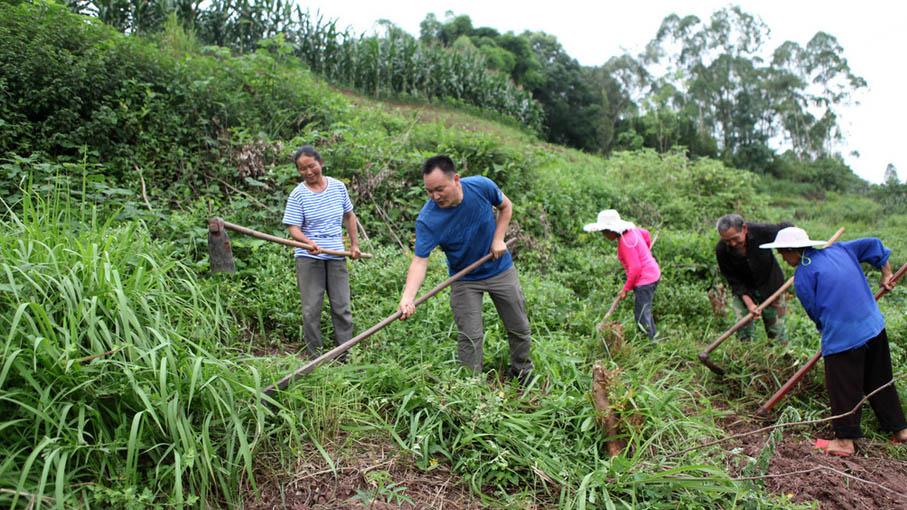On June 10, a lecture on The Situation and Future of Targeted Poverty Alleviation was held at Chongyang Institute for Financial Studies of the Renmin University of China. Wang Sangui, a professor at the School of Agriculture Economics and Rural Development at Renmin University, shared his experience and discuss the trends in poverty alleviation in China.
Wang pointed to problems in education, healthcare and substandard housing as being especially hard to solve.
Accurate identification of those in poverty is a huge issue, as different areas, even down to the village level use different indicators to measure poverty. Some use annual income to measure monetary poverty, others look at other indicators including housing, children in education, whether they have parents at home and if the harvest has been sufficient.
To achieve the goal of lifting China out of extreme poverty by 2020 includes a goal that all children in poverty-stricken families must attend school for nine years. But this goal is also very difficult in some areas.
Wang contended that children do not only drop out of school from poverty. For some, it is because they do not want to study and their grades are poor, so they drop out to go to work. Special education for disabled children in rural areas is especially lacking, so this cohort often drops out as well, or never attends school.
Teenagers still attending school have often had interrupted schooling, meaning their literacy and numerical ability is at a very low level. Some are still learning at a primary first grade level. However, the poorer education background the group has, the higher rate of poverty is among the group.
Medical treatment is another difficulty, Wang said. The criteria on who can benefit from free or subsidized healthcare are also skewed. Local governments may put more efforts into critical diseases, but ignore basic or chronic diseases. Besides, some places reimburse poor people for 95 percent or 98 percent of their medical expenses, and this can exhaust local funds.
Some old people live in substandard rural housing, while their children have very good houses. Wang said it was not a good idea to use the public fund to build new houses for them in this case. Instead, local governments there should ask their children to take the responsibility of taking care of their parents.

 Old Version
Old Version